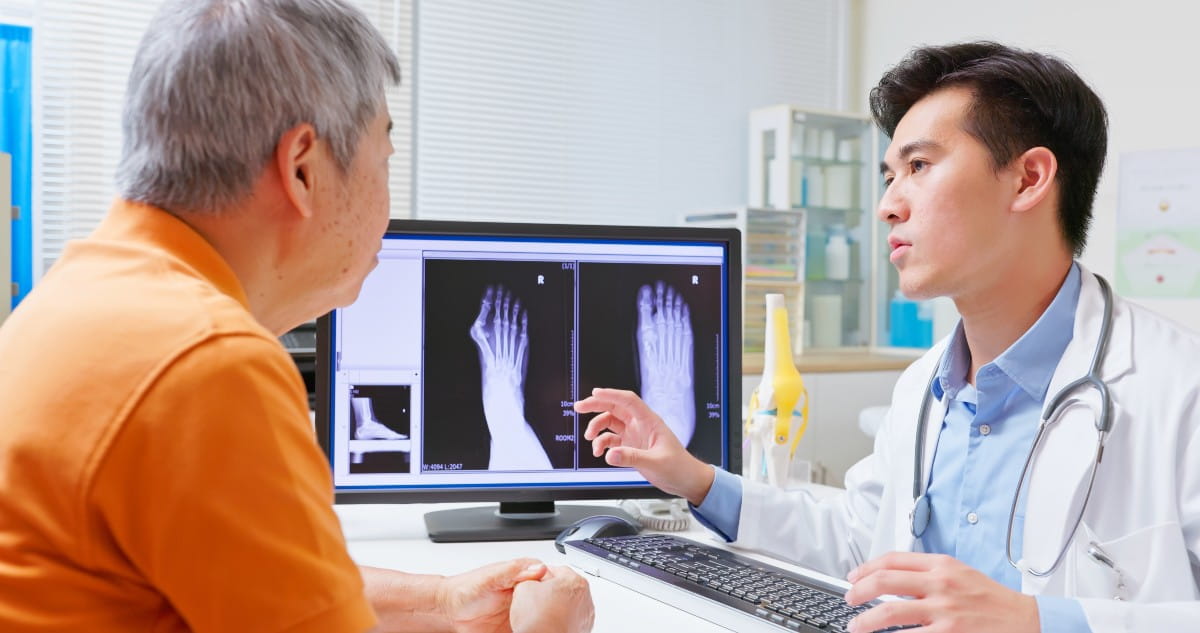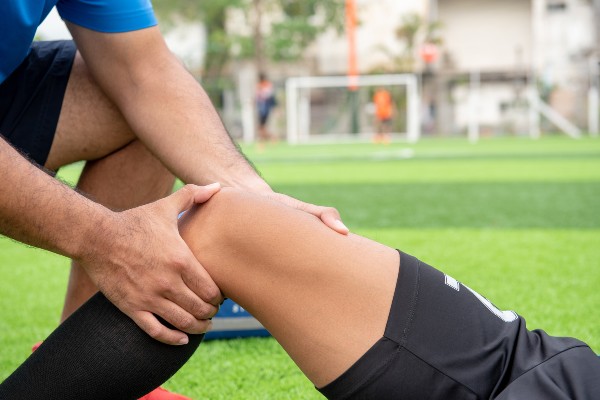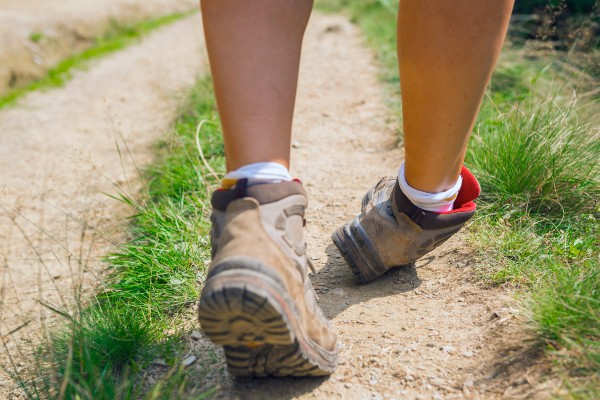Bunions, or hallux valgus, are one of the most common causes of foot discomfort, affecting millions of people each year. That bony bump on the side of your foot near the base of your big toe may look harmless at first—but over time, it can become painful and limit your ability to walk, wear shoes or stay active.
While bunions are often associated with older adults, they can affect people of all ages, especially those who spend a lot of time on their feet, wear narrow shoes or have a family history of foot problems.
What Is a Bunion?
A bunion is a bony prominence on the side of the foot that forms when the bones of the big toe become misaligned. Instead of pointing forward, the big toe leans toward the second toe, pushing the joint at its base outward. Over time, this misalignment can worsen, leading to pain, inflammation and structural deformity.
“A bunion isn’t just a bump—it’s a sign that the foot’s natural alignment has changed,” says Dr. Jeffrey Levy, D.O., a fellowship-trained, foot and ankle orthopedic surgeon with Riverside Orthopedic and Sports Medicine Specialists. “Left untreated, it can affect the way you walk and your overall foot function.”
What Causes a Bunion?
There are several factors that contribute to bunion development. Some of the most common causes include:
- Genetics: A family history of bunions or hypermobility in the foot joints can increase your risk.
- Footwear: Wearing tight, narrow or high-heeled shoes can force the toes into unnatural positions.
- Flat feet or abnormal gait: Biomechanical issues in the way you walk can add pressure to the big toe joint.
- Arthritis: Inflammatory conditions such as rheumatoid arthritis can affect joint alignment.
- Injury: Foot trauma can change the shape or mechanics of the joint, contributing to bunion formation.
“Many patients ask what causes a bunion on your big toe. Often, it’s a mix of inherited traits and lifestyle choices like footwear,” explains Dr. Levy.
Symptoms of Bunions
Bunion symptoms can vary from mild to severe. Some people may have visible bunions but no pain, while others experience daily discomfort. Common signs include:
- A visible bump at the base of the big toe
- Swelling, redness or tenderness near the joint
- Pain that worsens with walking or tight shoes
- Restricted motion in the big toe
- A burning or numb sensation in the toe
- Difficulty finding comfortable shoes
- Changes in posture or walking pattern
If left untreated, bunions may lead to arthritis in the toe joint or the development of secondary problems like hammer toes or tailor’s bunions (on the little toe side).
Bunion Treatment Options
The best treatment for bunions on the big toe depends on the severity of the deformity and the level of pain or disability. Most treatment plans begin with non-surgical options, including:
- Wearing wider shoes with plenty of room in the toe box
- Protective pads or orthotics to reduce pressure
- Shoe inserts to correct foot mechanics
- Ice packs and elevation to reduce swelling
- Anti-inflammatory medications, such as ibuprofen, to relieve pain
When these conservative methods no longer offer relief, surgery may be considered.
“If your bunion is interfering with daily life and shoe modifications haven’t helped, surgical correction may be the most effective way to relieve pain and restore function,” says Dr. Levy.
Minimally Invasive Bunion Surgery
Advances in surgical techniques now allow for minimally invasive bunion correction, which can significantly shorten recovery time and reduce post-operative discomfort. Rather than making a large incision, surgeons use tiny “poke-hole” incisions to realign the bones using specialized tools and imaging guidance.
Benefits include:
- No need for general anesthesia. Instead, you can have local anesthesia where you are relaxed but are not put to sleep (similar to dentistry sedation)
- Smaller scars and minimal scar tissue
- Less swelling and pain
- Less damage to the tissues crossing the big toe joint, drastically reducing the risk for future joint stiffness
- Faster return to walking, with no need for a cast or crutches in most cases
- Shorter downtime, with most patients returning to normal shoes within six weeks
How to Prevent Bunions
While not all bunions are preventable—especially if genetics are a factor—there are steps you can take to reduce your risk or slow their progression:
- Choose well-fitting shoes with plenty of room in the toe area
- Avoid prolonged use of high heels
- Use arch supports or shoe inserts if you have flat feet or overpronation
- Pay attention to foot discomfort and seek medical advice early
- Practice foot-strengthening exercises to support joint health



